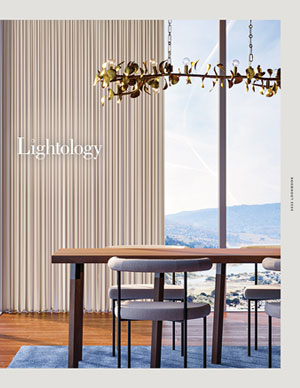About Andrew Neyer
What advice would you give to up and coming artists and designers?
Be your own client. Many of my projects started out designing a solution to my own problems. Keep making new work. Sometimes you can get too caught up in forcing an idea to take shape. I've found over the years it's more effective to continue to create multiple versions and ideas that build a larger body of work. Let your work mature over time and don't rush the process.
Were you interested in art and design as a child or did the hunger develop later in life? Can you remember a specific moment of realization?
I always enjoyed making and looking at art and design as a child, but I didn't really think about design until after graduating. It wasn't until I started making products that I began to investigate the core of what I really appreciated early on in life.
How would you say your work reflects your outlook on life? What is your design philosophy?
I'm always trying to reimagine a new use for ordinary objects. Our process involves taking familiar forms and changing their scale to inspire a new use. This process definitely has a positive effect on my life, because I'm always searching for a simple change to elevate something typically overlooked.
What's the most difficult thing about being a designer and artist? How do you overcome these difficulties?
I think it is hard to stay focused at times because working in this field, it is easy to try an explore everything. The hardest thing is steering the ship throughout each year. I am highly prone to go on tangents from projects which can be good and bad. Giving myself constraints within a project helps narrow the focus and stay on task.
Do you have an all-time favorite design?
One of my favorite objects is Animali, designed by Enzo Mari. It is a set of wooden toys that form a puzzle cut from one block of wood. It is such a beautiful yet simple design.
You're a successful artist and designer with many positive reviews. What are the most memorable responses and/or reactions?
I love seeing how children interact with my work. Recently, I received an email with a picture that a child drew of one of the pages from my kid's book, Letters Are For Learning. I was thrilled to see my work come full circle from my days drawing pages from my favorite books.
Which artists or designers motivate and inspire you?
Most recently, I have been soaking up the work of Ellsworth Kelly, Alexander Calder, Alvar Aalto, Claes Oldenburg, Massimo Vignelli, Henri Matisse, Ludwig Mies van der Rohe.
Where else do you find inspiration?
Prefab Sprout, Talk Talk, The Blue Nile, darts, breakfast food and modern buildings.
What made you interested in the world of lighting? Where did you get the inspiration for the Mobile Light?
I've always tried to approach my lighting as sculpture. One of my favorite artists is Calder and his kinetic work. The Mobile Collection was developed to reduce a light fixture down to its core components. I really connect to work that feels timeless, and wanted to design a system of fixtures that worked in different environments.
How has your work changed over time? Can you recall any unforgettable periods of evolution?
I made a group of paintings in 2012 called, Nouns & Other Words. It was the most direct my work had ever been. I wanted to make a body of work that was so universal that our son (who was 2 at the time) could identify with. This marked a point in my work that I began to remove everything unnecessary. I think that there is sometimes a pressure to over design and visually portray the time that it takes to create. I decided to only view the creation of the physical work as a vehicle for the concept. It was no longer important how long something takes to make, but instead deciding if it is worth making.
If you work could speak, what would it say?
I am a light.
What emotions or sentiments do you convey in your designs?
I try to bring personality and subtle humor into the designs through the forms and titles of the pieces.
Shop This Designer

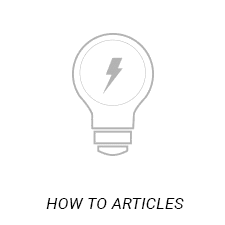
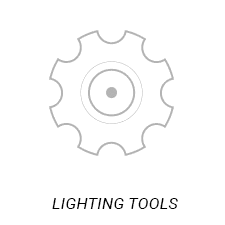


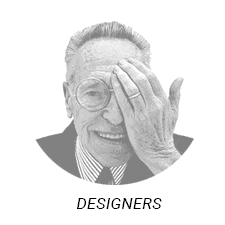




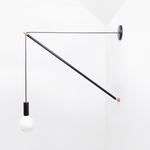
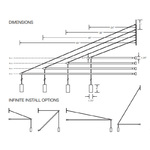
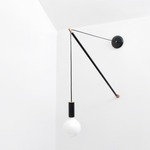





 UL
UL Made in the USA
Made in the USA Warm Dim Compatible
Warm Dim Compatible



